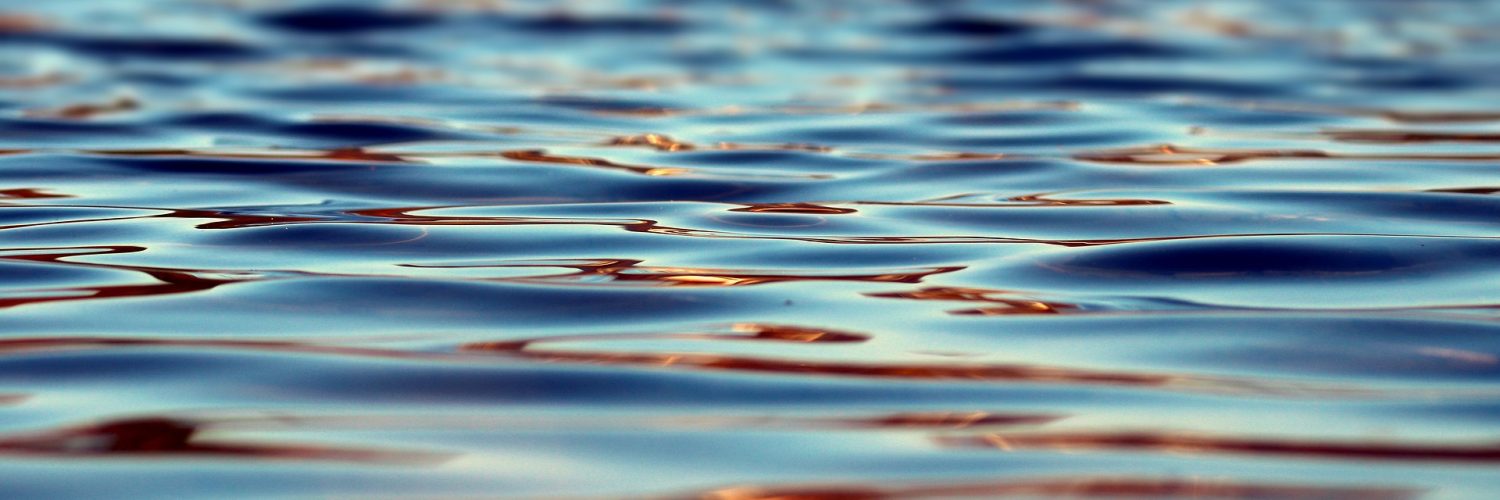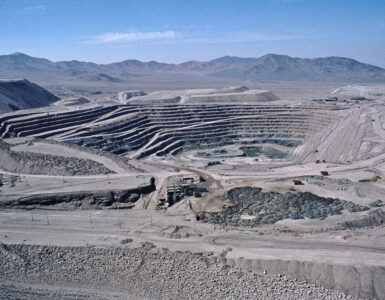Protecting water for the future is one of the biggest environmental challenges. New technology, more cost-effective solutions, and management of resources can help save the day.
As water woes hit Arizona and the globe, the University of Arizona has been named the “best in the world” to help lead the effort.
The Shanghai Academic Ranking of World Universities recently ranked the university as having the world’s No. 1 program in water resources. The UA scored well ahead of notable institutions like the Swiss Federal Institute of Technology Zurich, the Delft University of Technology in the Netherlands and the University of California, Berkeley.
When it comes to innovation, UA discoveries have been making a huge impact.
Discovery leads to Colorado River protection
UA researchers were responsible for discovering that Colorado River supplies are being over allocated through the analysis of tree rings. The research revealed the toll a 20-year-drought is taking on the Southwest’s most important water resource.
That discovery led to the eventual passage of a seven-state-and-Mexico drought contingency plan. It requires water entities to conserve water in the river’s two storage lakes, Lake Powell and Lake Mead, to protect future supplies.
UA’s role is now more important than ever.
“We’re going to have to continue to work on these issues. The top challenge we face is water resource planning in the face of continued drought and climate change,” said Claire Zucker, associate director of the UA Water Resources Research Center (WRCC) that tackles key water policy and management issues. “We need to be looking at things in a holistic manner. That’s what the water center does.”
Researchers at the center have long led the way in groundwater research, another growing concern in Arizona and elsewhere.
At the water center, one of the primary programs is the water RAPIDS program, that works with communities to help them create a vision for a balanced and secure water future for residential, commercial, industrial, and agricultural sectors as well as the natural environment, Zucker said.
“This kind of planning is really critical to Arizona and it takes time and energy, there are no shortcuts,” she said. “In order to ensure everyone has the water they need and also maintain water for our natural environment, we have to invest time in careful resource planning.”
Water technology for the future
In addition to the WRRC, the university has an active research community working on water technology and solutions with interdisciplinary research teams working across colleges, from engineering to agriculture.
They are taking on challenges like water quality and the technical issues of recycling industrial and municipal wastewater as clean, potable water.
Technologies that are expanding through UA research include computer modeling for hydrometeorology, that can assist scientists to study and predict the impacts of ecological hazards like flooding, cyclones and drought.
Online water sensor technologies are helping to detect chemicals and other contaminants in water.
In turn, the university’s commercialization arm, Tech Launch Arizona, is working closely with the UA research community to launch the most water promising innovations to the world.
Here’s are some of the university’s latest innovations:
Cleaning Up Ocean Plastic Pollution Associate professor of mining and geological engineering, Moe Momayez, invented a hydrocyclone that can separate plastics from water. It is designed to filter plastic pieces smaller than five millimeters in size while returning nutrients like plankton back to the ocean.
Removing Pollutants from Water The UA Department of Chemical and Environmental Engineering has developed a variety of methods to remove pollutants from water including perfluorinated compounds, or PFCs, that are a common contaminant found in many household products. A new method developed by researchers targets removal of these PFCs.
The inventors, along with the UA Department of Soil, Water and Environmental Science, have also developed ways to remove latent, harmful explosive materials from water. These technologies have applications throughout the water delivery infrastructure, from underground aquifers to water treatment plants and homes.
Fresh, Low-cost Desalinated Water from the Sea One of the deterrents to desalination in the Western world has been cost. But that’s changing with the help of new technology. Peiwen Li, professor and head of the UA Department of Aerospace and Mechanical Engineering, has developed a low-cost, airflow-driven desalination system that separates the components of seawater, yielding two valuable products: clean water, and its component salts and minerals.
Minimizing Water Loss Through Better Detection of Infrastructure Leaks Two UA College of Engineering professors developed a pressure monitoring technique able to detect and locate pipe breaks in complex water distribution systems in real-time. The system consists of an informatics platform and monitors that can be installed on existing meters. It has applications in agricultural, municipal, residential and commercial water management.
















Add comment